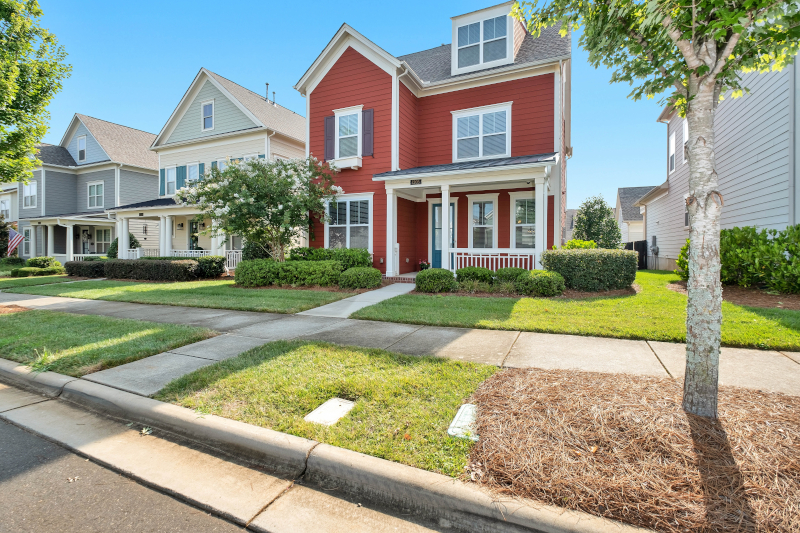 https://livingonthecheap.com/how-to-create-your-own-retirement-community/
https://livingonthecheap.com/how-to-create-your-own-retirement-community/
How to create your own retirement community
Published: November 7, 2022
Building Co-Habitation and Retirement Communities for Active Agers
Co-living communities have gained prominence as innovative living alternatives, especially for active agers and retirees seeking companionship and meaningful experiences. Here is an overview of common types of cohabitation models, along with relevant aspects to consider:
Types of Active Aging Cohabitation Models:
- Co-Housing: In a co-housing model, seniors live in separate, private units within a shared community. They have their own living spaces but share common areas, resources, and activities. This model promotes social interaction and mutual support.
- Intergenerational Housing: This model involves seniors living alongside individuals or families from different age groups. It encourages intergenerational interaction and provides benefits for both older and younger residents.
- Naturally Occurring Retirement Communities (NORCs): NORCs are residential areas that have gradually become predominantly inhabited by seniors. These communities often develop naturally over time, and they may receive support and services to meet the needs of their aging population.
- Villages or Senior Cooperatives: In this model, seniors join together to create a cooperative organization that offers various services and resources to its members, enabling them to age in place and maintain their independence.
- Elder Co-Living Communities: Similar to co-housing, elder co-living communities offer shared living spaces and resources. However, these communities are often purpose-built for seniors and provide various amenities tailored to their needs.
Common Legal Structures:
Legal structures for active aging cohabitation models can vary based on location and the specific goals of the community. Some common legal options include:
- Limited Liability Company (LLC): This structure provides liability protection for members while allowing flexible management and ownership arrangements.
- Cooperative Housing Corporation: A cooperative structure allows residents to own shares in the corporation that owns the property. Residents have a say in the management and operations of the community.
- Homeowner's Association (HOA): An HOA can be established to manage shared amenities, common spaces, and community rules.
Conflict Management Solutions:
Conflict can arise in any communal living situation. To manage upcoming issues effectively, consider implementing these strategies:
- Clear Communication: Establish open lines of communication among residents. Regular meetings and forums can provide a platform to address concerns and issues.
- Mediation: Have a mediation process in place to address conflicts neutrally and facilitate resolutions.
- Establish Rules and Guidelines: Develop clear rules and guidelines for communal living, covering aspects like noise levels, shared responsibilities, and use of common spaces.
- Conflict Resolution Team: Designate a team or individual responsible for addressing conflicts and finding solutions.
Considerations When Forming a Cohabitation Model with Friends:
- Shared Vision: Ensure that all members share a common vision for the cohabitation model, including goals, values, and expectations.
- Legal Agreements: Draft legal agreements outlining ownership, financial contributions, responsibilities, and exit strategies to prevent misunderstandings.
- Conflict Resolution Plan: Establish a clear process for addressing conflicts among friends, emphasizing open communication and mediation.
- Roles and Responsibilities: Define roles and responsibilities to distribute tasks and prevent one person from bearing an unequal burden.
- Exit Strategy: Plan for the possibility that someone may want to leave the arrangement. Determine how to handle the departure while maintaining relationships.
Further Readings and References:
- "Senior Cohousing Handbook: A Community Approach to Independent Living" by Charles Durrett and Kathryn McCamant.
- "Aging in Community: Insights from Cohousing" by Andrew S. Lang.
- "Creating Cohousing: Building Sustainable Communities" by Kathryn McCamant and Charles Durrett.
- "Elder Cohousing: A New Way of Living" by Charles Durrett.
- "The Village Effect: How Face-to-Face Contact Can Make Us Healthier, Happier, and Smarter" by Susan Pinker.
- "Aging in the Right Place" by Stephen Golant.
- "Together: The Rituals, Pleasures and Politics of Co-operation" by Richard Sennett.
Related Opportunities & Deals
Authors
Dr. Dee Dan



